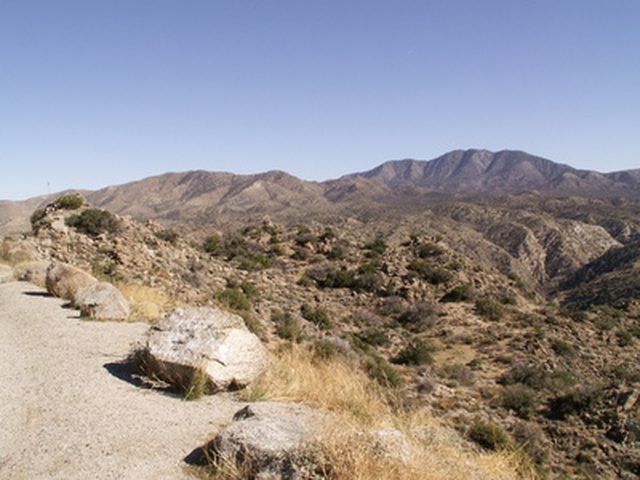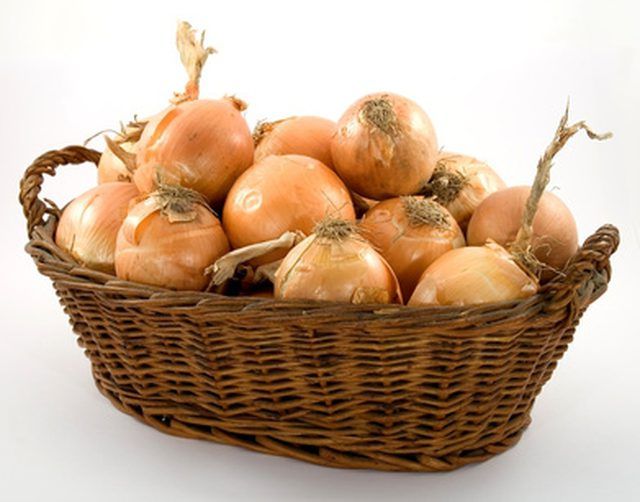Bulbs
Flower Basics
Flower Beds & Specialty Gardens
Flower Garden
Garden Furniture
Garden Gnomes
Garden Seeds
Garden Sheds
Garden Statues
Garden Tools & Supplies
Gardening Basics
Green & Organic
Groundcovers & Vines
Growing Annuals
Growing Basil
Growing Beans
Growing Berries
Growing Blueberries
Growing Cactus
Growing Corn
Growing Cotton
Growing Edibles
Growing Flowers
Growing Garlic
Growing Grapes
Growing Grass
Growing Herbs
Growing Jasmine
Growing Mint
Growing Mushrooms
Orchids
Growing Peanuts
Growing Perennials
Growing Plants
Growing Rosemary
Growing Roses
Growing Strawberries
Growing Sunflowers
Growing Thyme
Growing Tomatoes
Growing Tulips
Growing Vegetables
Herb Basics
Herb Garden
Indoor Growing
Landscaping Basics
Landscaping Patios
Landscaping Plants
Landscaping Shrubs
Landscaping Trees
Landscaping Walks & Pathways
Lawn Basics
Lawn Maintenance
Lawn Mowers
Lawn Ornaments
Lawn Planting
Lawn Tools
Outdoor Growing
Overall Landscape Planning
Pests, Weeds & Problems
Plant Basics
Rock Garden
Rose Garden
Shrubs
Soil
Specialty Gardens
Trees
Vegetable Garden
Yard Maintenance
What Food Plants Grow in the High Desert
What Food Plants Grow in the High Desert. There are a few factors to take into consideration when deciding which food crops can be grown in the high desert. While each region can have drastically different minimum temperatures, there are a few guidelines to observe that will indicate the plants that can be grown.

There are a few factors to take into consideration when deciding which food crops can be grown in the high desert. While each region can have drastically different minimum temperatures, there are a few guidelines to observe that will indicate the plants that can be grown.
USDA Zones
The United States Department of Agriculture has created a color-coded map to help gardeners know how to select and cultivate plants. The average annual minimum temperatures are established for each zone. This is necessary information because all seedlings but a few will die if exposed to subzero temperatures.
American Horticulture Society Zones
For more than 30 years, the American Horticulture Society has established a plant heat zone map that indicates the average number of days each year that temperature exceeds 86 degrees Fahrenheit. Combining that with the USDA information, it is possible to determine what plants would survive in the high desert and when to plant them.
High Desert
There are many areas in the United States that can be termed "high desert." This includes any area 3,000 to 6,000 feet above sea level. It is characterized by strong, dry winds, hot summers and cold winters. States with areas considered high desert include California, Arizona, Colorado, Oregon, New Mexico and Nevada. All of these places have differing plant hardiness zones, but if recommendations for planting times are carefully followed, many of the same crops can be grown in these areas. Another factor to take into consideration is that even though a plant may survive, the growing season may be too short to produce a good yield.
How Crops are Specified
Cover, food and forage crops are three types of crops that can be grown. Cover crops refer to a "green manure" crop. A cover crop such as mustard is grown solely for the purpose of replenishing lost nutrients into the soil. It functions similarly to crop rotation. Instead of depleting the same vitamins and minerals from the soil, a certain crop will be planted to restore nitrogen and other nutrients to the earth. At the end of that growing season the crop will be turned back into the earth and allowed to decompose to give its nitrogen to the next plant. Forage crops are crops grown to feed animals. Alfalfa, cereal grain hay and Sudan grass are a few types of forage crops that can be grown.

Food Crops in Antelope Valley
The Antelope Valley near the Mojave Desert in Southern California is an example of a high desert. The food crops that have been successfully grown there are onions, carrots and potatoes. Peach and nectarine trees seem to do well, and some apple and pear trees are also grown.